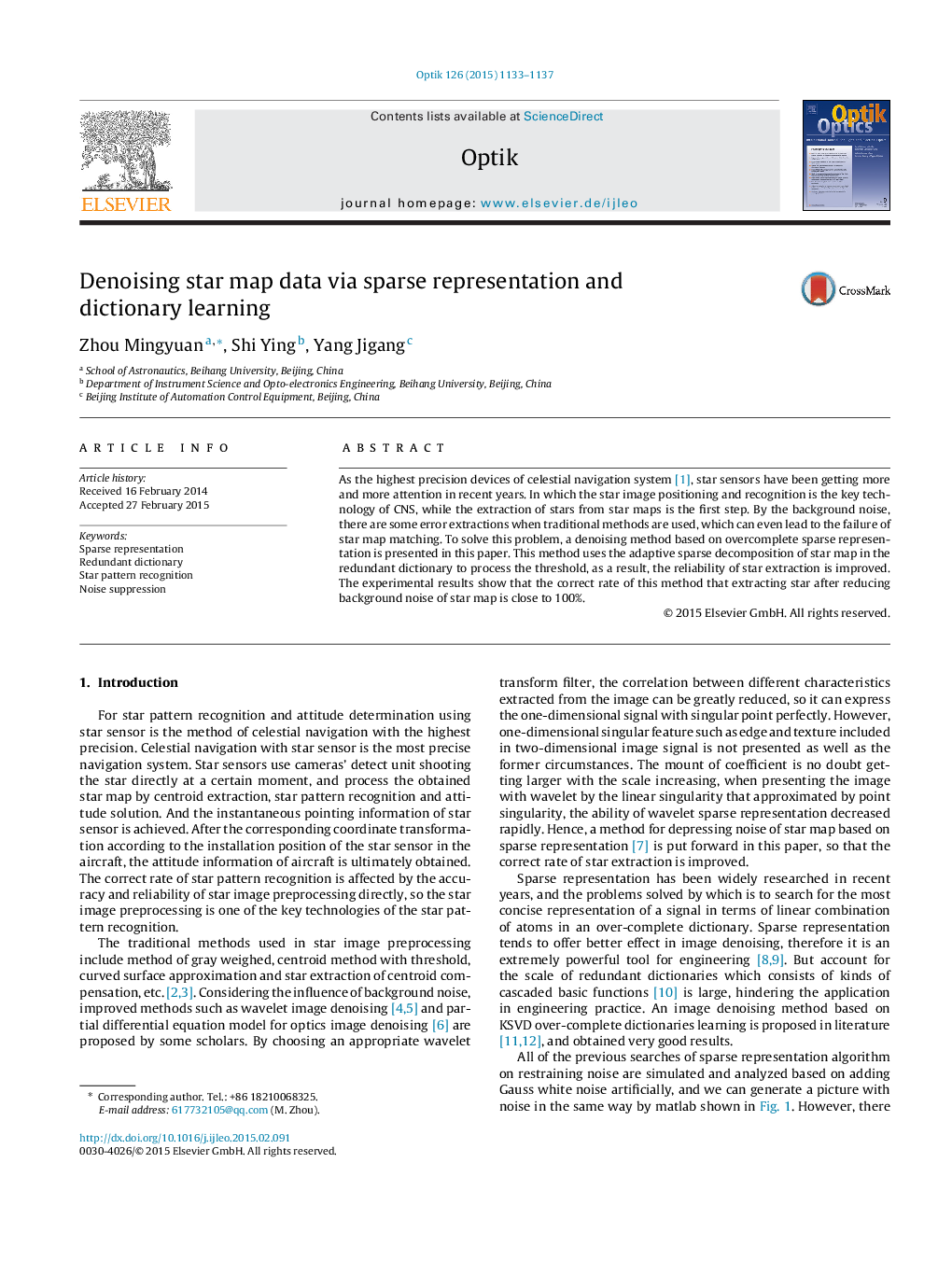| Article ID | Journal | Published Year | Pages | File Type |
|---|---|---|---|---|
| 6363695 | Agricultural Water Management | 2015 | 5 Pages |
Abstract
It is of importance to investigate the response of agricultural drought to meteorological drought and its influencing factors, which could help better understand drought evolution mechanisms and facilitate agricultural drought monitoring and predictions. As a case study in the Wei River Basin (WRB), China, the heuristic segmentation method was first applied to identify change points of long-term hydrological and metrological conditions for the period of 1960-2007. Then the cross wavelet analysis was utilized to reveal the detailed links between agricultural drought (based on Palmer Drought Severity Index (PDSI)) and meteorological drought (based on Standardized Precipitation Index (SPI)) at the seasonal time scale. The controlling factors governing the agricultural response were then explored through quantitatively examining the corresponding large-scale atmospheric conditions and local-scale land surface characteristics. Results indicate that: (1) the variations of the lag time of agricultural drought in response to meteorological drought is large at the seasonal scale, characterized by fast response in summer and relatively slow response in autumn, and the contrasting response in the time lag is mainly due to the buffering effects of soils; (2) the variations of Arctic Oscillation (AO) was found to have large effects on the lag time, with both positive and negative effects; (3) a negative correlation between the lag time and the parameter w in the Fu' equation within the Budyko framework was found, implying the potential effects of vegetation cover on the drought propagation from meteorological drought to agricultural drought in the WRB.
Related Topics
Life Sciences
Agricultural and Biological Sciences
Agronomy and Crop Science
Authors
Shengzhi Huang, Qiang Huang, Jianxia Chang, Guoyong Leng, Li Xing,
